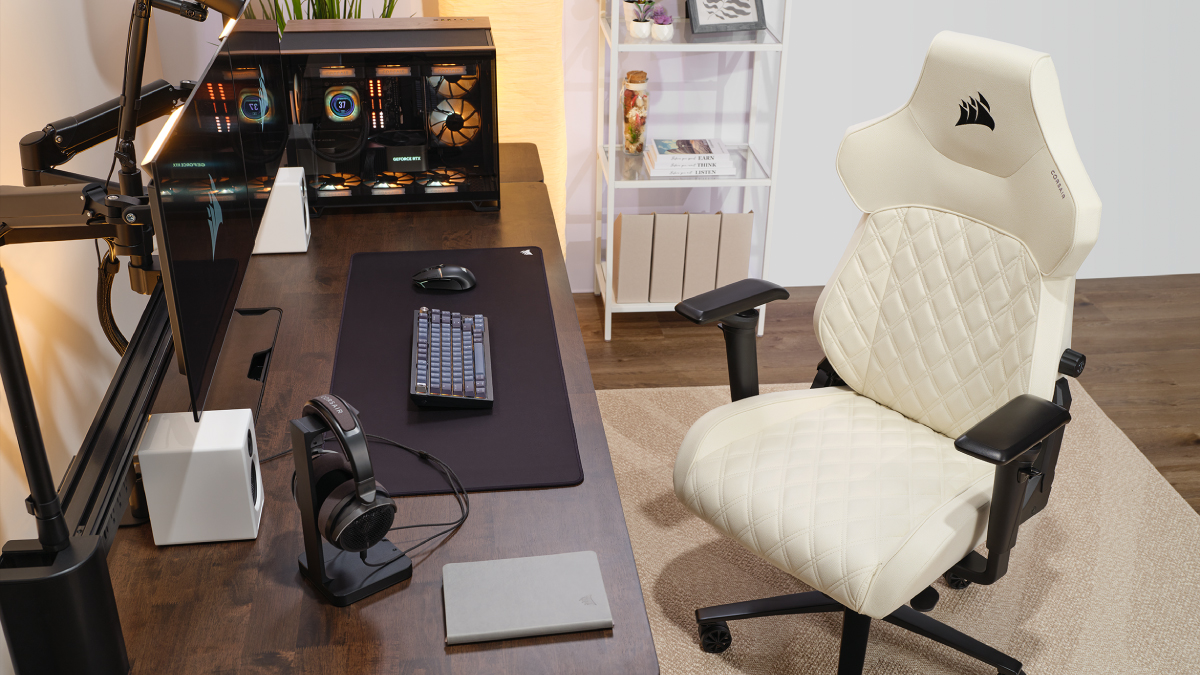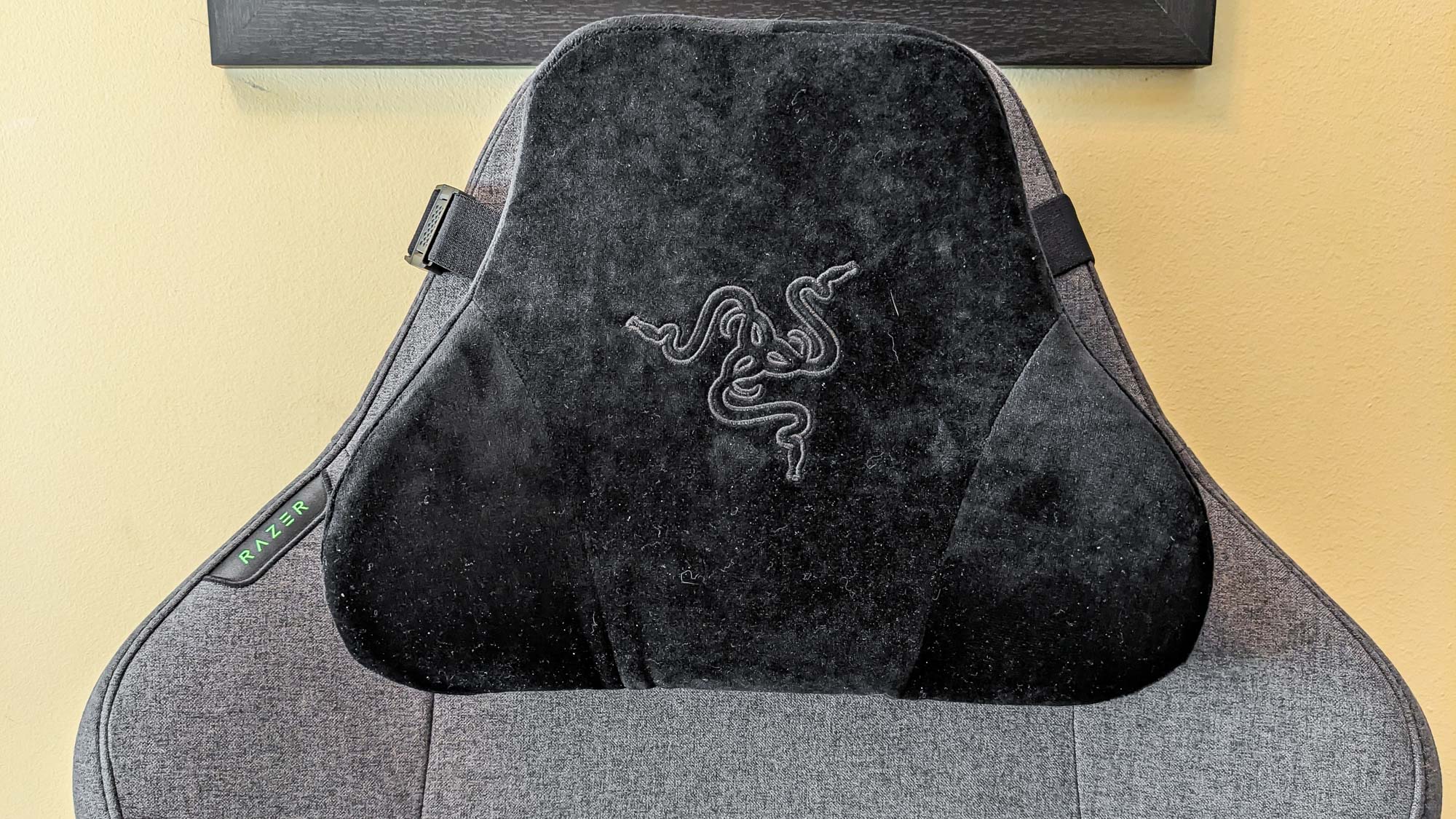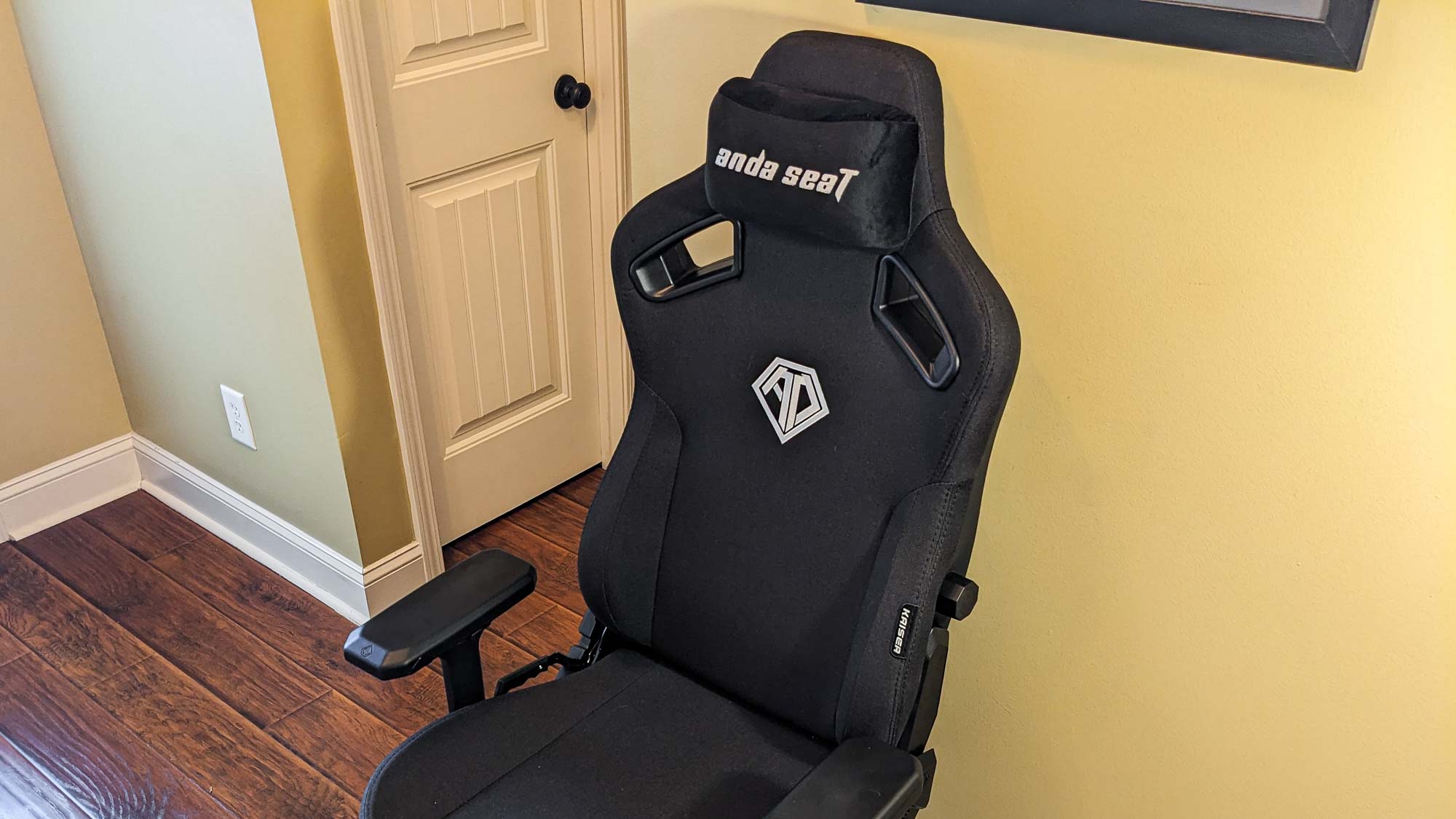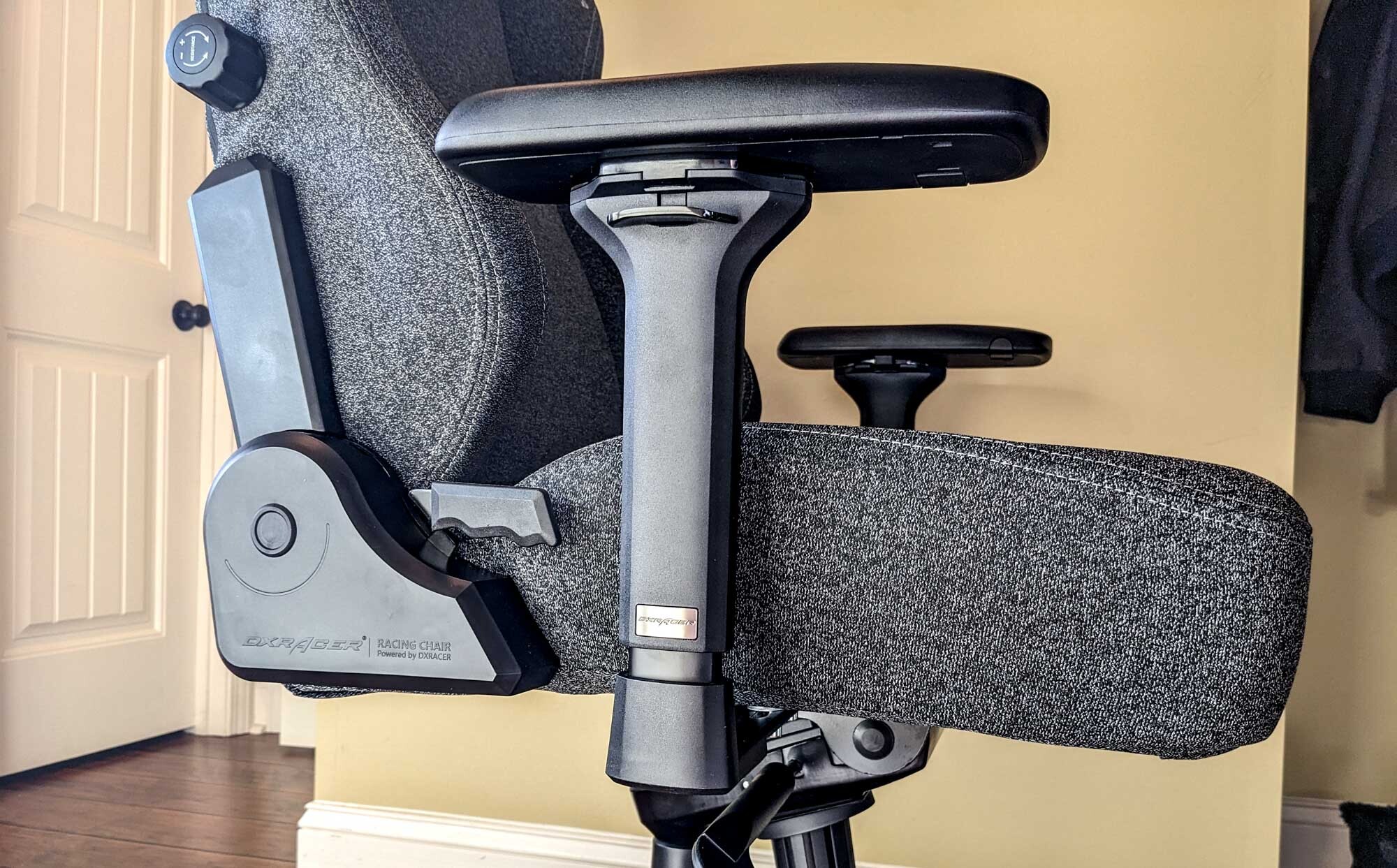I review gaming chairs for a living — and these are 5 features to look for
Get the right gaming chair the first time around with these tips

Gaming chairs are one of the most popular seating options for both work and play nowadays, offering a wide variety of unique features and a more defined, aggressive aesthetic that helps them stand out in your space.
As such, it makes sense why you'd be here with some questions about what makes one of the best gaming chairs worth it. Don't worry — if you've decided that you'd like to buy a gaming chair and want to know what to look for, we've got some tips for you below.
Ergonomics
Gaming chairs are all about being able to customize the way you sit while working or gaming, so it's obviously of paramount importance that you find a chair that provides the features you need. Though they're often not as ergonomic as a well-made office chair, that doesn't mean you have to sacrifice comfort and adjustability.

Perhaps most important is proper lumbar support. A chair with 4D lumbar support is usually the way to go, giving you both vertical and horizontal adjustments to ensure you're always supported when using good posture. However, if you like to move around a lot while gaming, seek one of the newer 6D lumbar support chairs on the market, which provide a partially detached lumbar board that will actually move with your body for constant support.

Elsewhere, it's never a bad idea to look for chairs with adjustable headrest pillows, especially if you tend to rest back in your chair a lot during extended gaming sessions. A lot of modern gaming chairs provide magnetic headrest pillows that make moving them to the right position a breeze, so it's hard not to recommend something so efficient that can make such a major difference in your long-term comfort.
Weight and height accommodations

Just like people, gaming chairs come in many shapes and sizes. As such, a lot of popular gaming chair models come in multiple sizes to accommodate this variation in the size and height of buyers.
If you have a bigger frame or skew on the taller side, definitely consider opting for an XL model when they're available. If not, at least check the specifications of the chair you're considering to be absolutely certain that it provides enough weight capacity and/or a backrest that will be comfortable for your height.
Sign up to get the BEST of Tom's Guide direct to your inbox.
Get instant access to breaking news, the hottest reviews, great deals and helpful tips.
Durability
This goes without saying, but durability is a major factor to consider when buying just about anything. Gaming chairs are no different, so you'll want to be very mindful that the company you're buying from uses high-quality materials for both their frames and seat coverings.

When it comes to the frame, aluminum is a popular and solid option you'll commonly see on low and mid-range chairs. But if you're looking for something even more durable, I'd recommend keeping an eye out for steel bases, as these are much more likely to provide 10+ years of longevity without any problems.
As a note, you might find it surprising to hear that chairs with plastic bases aren't always poorly-made. Though I'd still always advise aiming for aluminum or steel, some budget and mid-range chairs make use of reinforced plastic for their wheel bases, and they're typically plenty durable for the average user.

When it comes to seat materials, a high-end PU leather option will almost always be the easiest to keep clean. That being said, if you want a more breathable material and are certain you can be careful with things like food and drinks near your chair, a fabric option is a fantastic and comfortable choice that will leave you feeling cooler during long seating sessions.
Warranty

Aiming for excellent durability is all fine and well, but nothing in life is guaranteed. As such, you'll always want to ensure that any gaming chair you purchase is from a reputable company that provides a good warranty for your peace of mind.
A lot of lesser-known companies will offer a limited 3-year warranty, and while a lot of heavy-use chair owners will switch chairs every 3-5 years anyways, such a short warrant still isn't much of a vote of confidence. While you'll find some chairs with up to 10 years of coverage, don't settle for one you like less simply for a warranty that lengthy. If you find something you like better with a solid 5-year warranty, rest assured that it's a perfectly reasonable goal to aim for (and tends to be the average warranty length of popular brands).
Aesthetics

Look, there's a reason we put aesthetics last on this list — it should definitely be lower on your priorities than things like ergonomics and durability. However, that doesn't mean it doesn't matter at all. Having a gaming chair that fits in your space visually and matches your personal vibe will make you appreciate it all that much more.
When you're searching for a gaming chair, make sure you check out brands who offer a wide variety of colors or themes for their popular models. There's something out there for everyone, whether it's a sleek all-black chair for that stealth aesthetic or a full-blown anime-themed seat featuring beloved characters that promises to help your space look lively and fun.
Whatever you decide, though, just be certain you're not trading visual flair for long-term reliability — and like we said, always keep an eye on those warranties. Have fun shopping!
More from Tom's Guide
Billy Givens is a journalist with nearly two decades of experience in editing and writing across a wide variety of topics. He focuses particularly on games coverage for Tom's Guide and other sites including From Gamers Magazine, Retroware, Game Rant and TechRaptor. He's also written for self-improvement sites such as Lifehack and produced in-depth analyses on subjects such as health, psychology and entertainment.

